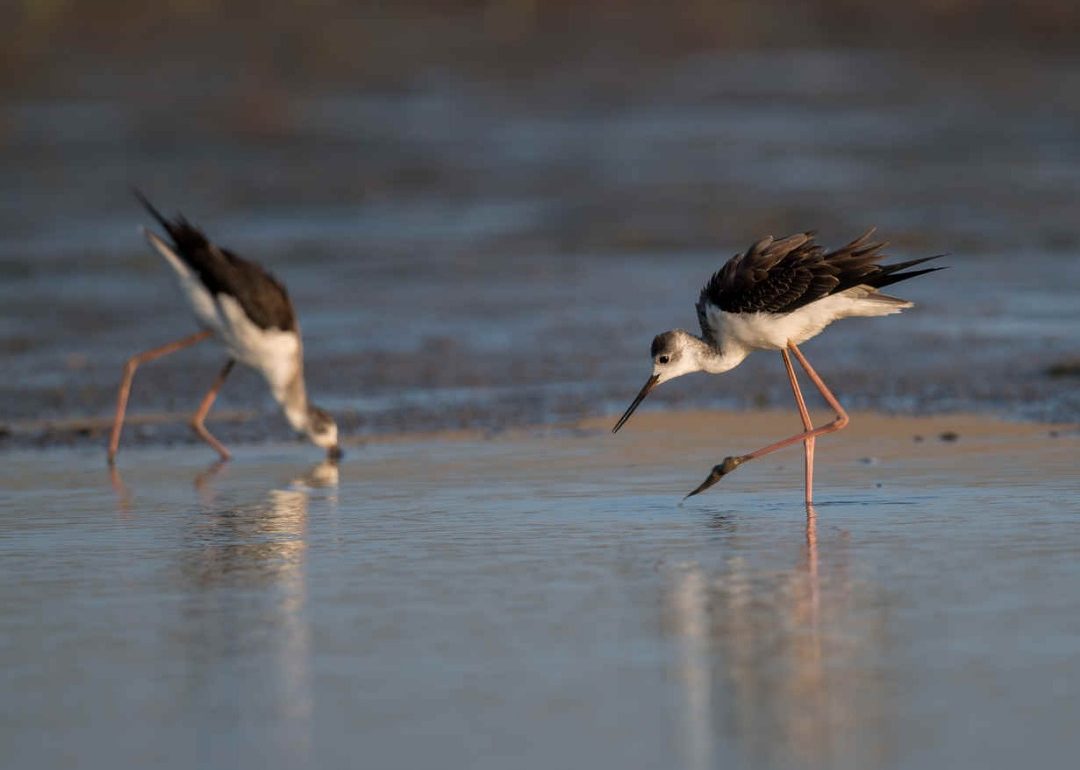
An excuse – and a transparent one – for publishing a great many beautiful pictures and simultaneously excluding Peter: a list of the most photogenic birds according to our beat writers.
How a photogenic bird can make you look good – Kai Pflug
When somebody asks me about the most photogenic bird, some of my favorite Shanghai bird species immediately come to mind – such as the Fairy Pitta, the Blue-and-white Flycatcher or the Mandarin Duck mentioned later in this post. But. Still. Taking a decent photo of these species still requires good light, and whoever sees the photo will think more of the beauty of the bird than of the capabilities of the photographer.
So, which bird will almost inevitably make a photographer look good, however incompetent he or she may be? For me, the answer is the Black-winged Stilt. This species, with its impossibly long legs and its characteristic body shape, offers it all:
- Elegant yet slightly absurd proportions
- Usually a background that is free from distractions
- Clear colors that work as black-and-white photos as well as in color
- Strong graphic design elements (you can easily imagine basing some stylized graphics on the bird photo)
- Often nice mirror-like reflections if the bird stands in water.
So, if a completely incompetent bird photographer wants to take a halfway decent bird photo, I strongly recommend finding a Black-winged Stilt and to start shooting.
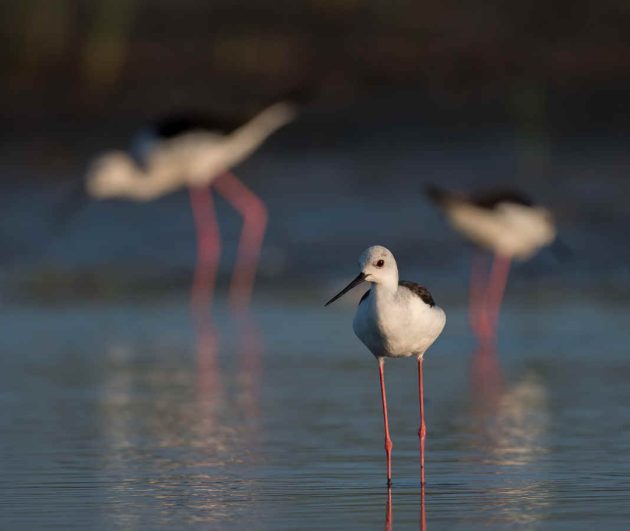
A Mandarin in the lens – David Tomlinson
I’ve always been a wildfowl enthusiast, and there’s not a duck on the British list which isn’t worthy of the photographer’s attention. Even the ubiquitous Mallard is an exceedingly handsome species: catching the wonderful iridescence on its head is always a challenge. However, the duck I can’t resist is the Mandarin, and I always make the most of any opportunity to photograph this most improbable of ducks. It is, of course, much too gorgeous to be a native bird, but Mandarins have been established in Britain for nearly a century, and are doing well here. Part of the attraction of the Mandarin is the fact that the drake can change his appearance so readily. A displaying drake with his orange sails raised and his crest fully erected looks for all the world like a miniature sailing galleon. He’s an irresistible subject for the camera. A drake skulking away and trying not to be noticed is a different creature altogether, but equally worthy of attention. I’m constantly striving for the perfect Mandarin photograph, a quest that should keep me happy for many years.
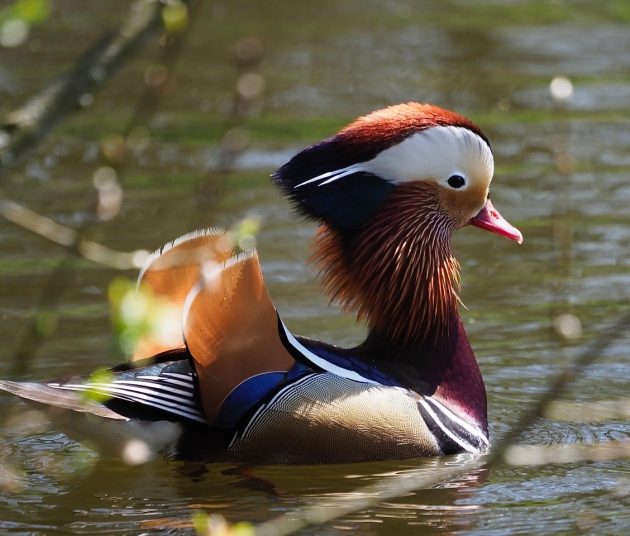
Bee-eaters: immodest but nice – Luca Feuerriegel
Given their habit of sitting on exposed perches to catch insects, alike to flycatchers or rollers, bee-eaters make for some of the most photogenic groups of birds. Some people might argue that this turns them into show-offs in contrast to vibrantly coloured birds such as pittas that are way more selective about whom they grant the honour of glimpsing their colourful plumage. I think that being humble about their appearance would be misplaced (90% of my attempts to see a pitta have ended in frustration, just saying) and showing off their colours is an amicable trait. This Asian Green Bee-eater, perched so close to our jeep during a trip to Sri Lanka’s Wilpattu National Park that we could’ve reached out and touch it, is a case in point.
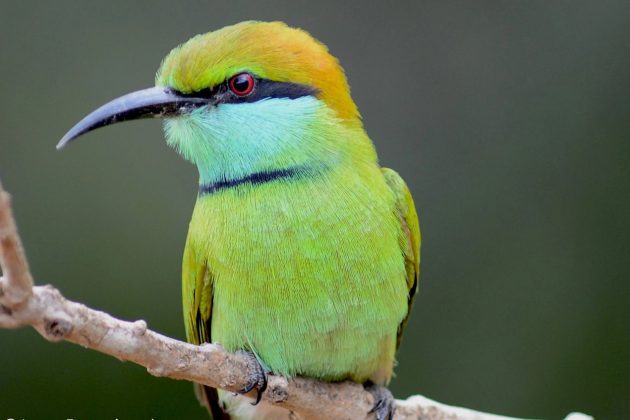
Very photogenic – impossible to pronounce: Prothonotary Warbler – Donna Schulman
New World Warblers, or Wood-Warblers as they are often called, are the jewels of North and Central America—small, colorful (mostly), hyperactive (often) passerines that brighten our fall and spring migrations, especially on the East Coast. Taxonomically, they have their own family, Parulidae, though a few species have come and gone.
I know many photographers who have been seduced by the charms of our wood-warblers; you can see them running around New York City parks in springtime, big lenses in hand, tripods on their backs, desperately trying to get to the latest Hooded or Cape May Warbler before it disappears into the canopy. My spring is not complete until I’ve photographed a Prothonotary Warbler, Protonotaria citrea. Historically, this intensely yellow songbird with dusky blue-gray wings and a memorable sweet-sweet-sweet call is known as Golden Swamp Warbler because it nests in the swampy woodlands of the southeast. But in migration it tends to show up at small bodies of water — small lakes, freshwater ponds — and can be relatively easy to photograph as it probes for insects. One great year, I found my own special Prothonotary at one of my favorite early spring hotspots, Oakland Lake. Another year, I watched as my friend Eric rescued a Prothonotary that had gotten trapped in a rock crevasse in Brooklyn. A famous NYC Prothonotary Warbler showed up at the NYC Public Library in midtown Manhattan, in October 2010, getting a writeup in the New York Times (but Corey wrote it up first).
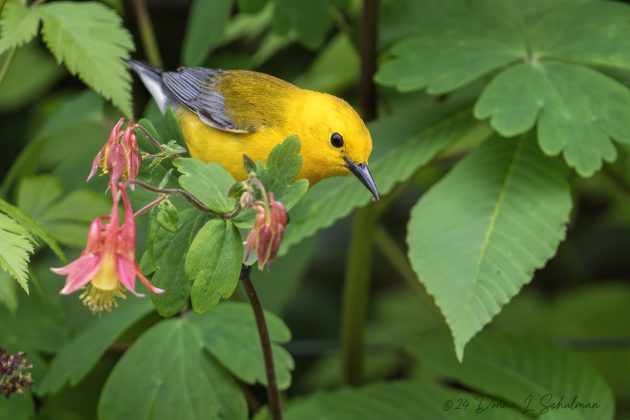
The Prothonotary Warbler photographed here showed up in Brooklyn Bridge Park, the end of April 2024. It was found early in the morning by one of the park regulars and I resisted ‘chasing’ for a few hours. Brooklyn is close geographically, far when traveling by car or subway. When I did drag myself to the park, I was totally lost. It’s an unusually designed park, wrapped around old piers on the East River. I walked north on a whim, and soon came upon a young man stretched out across the concrete walk, camera in hand. A clue! The Prothonotary was indeed flitting low in the bushes of a narrow median bordering two walkways, oblivious to all the busy people enjoying the park on their lunch hour. I stretched out on the concrete next to the young bird photographer and focused on the Living Lemon. All the busy people stepped around us, not missing a beat. The Prothonotary Warbler ate a bug.
The not-so-common Common Pauraque – Hannah Buschert
If you find a Common Pauraque at a day roost, you are an amazing spotter! The first time I went looking at Estero Llano Grande State Park in Weslaco, Texas, I did not find it. The rangers told me that it was marked with a pile of sticks – but c’mon, with the speed that mesquites grow, there are sticks everywhere. It wasn’t until I huffed a little too loudly which caught the attention of someone at the Alligator Pond deck (who turned out to be a famous bird book author) that I was graciously shown where the bird was. What a beauty! Looking like a coiled snake deep in the brush, this bird fools almost everyone that walks down that trail. I would say they are quite photogenic, but you have to find them first!
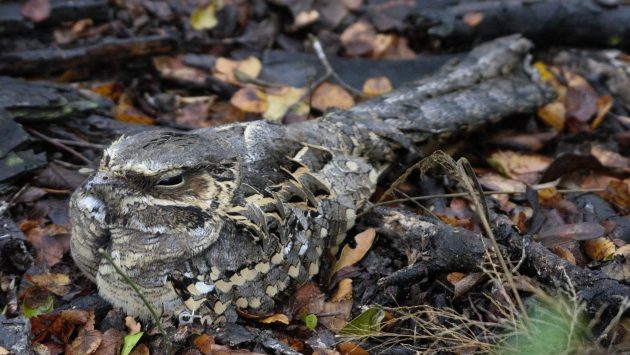
No pink jokes please: Roseate Spoonbill – Erika Zambello
You can’t take a bad photo of a Roseate Spoonbill. You just can’t! They are a beautiful, bright pink color – usually forming a lovely contrast with the green and blue habitats they frequent. Their bills? Unique! Hilarious! Large! Whether you’re taking a landscape shot or looking for a close up of their bright red eyes, there’s always something interesting to look for and photograph. Of course, as aforementioned, it’s helpful that spoonies are large and relatively slow-moving. They are almost three feet long with a wingspan of more than four feet, perfect for photography even without a zoom lens. If you happen to be photographing spoonbills in Florida, look for bird bands. Audubon Florida is tracking bird band sightings through this survey form. If you see one, they’ll send you a fun sticker! As always, however, it is important to give these birds their space and not approach too closely. If you notice they are changing their behavior in your presence, you are probably too close. (Note: I work for Audubon).
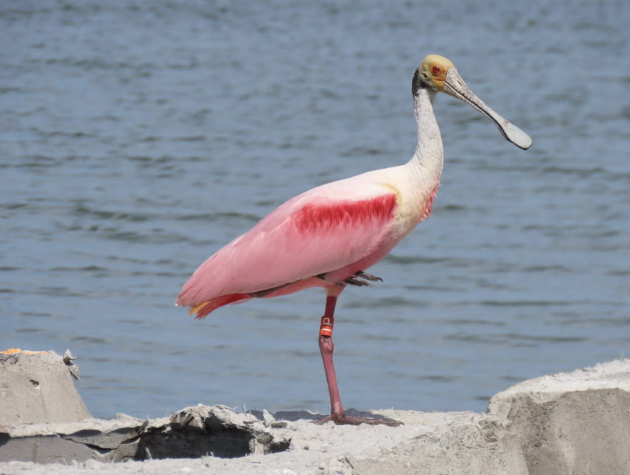


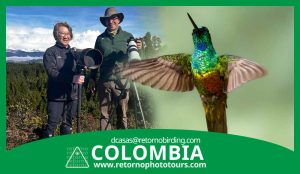


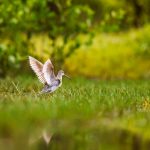
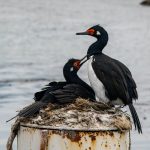
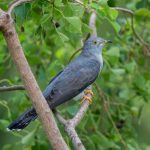
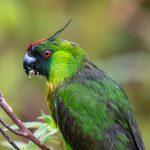

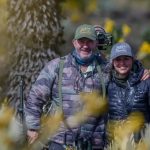
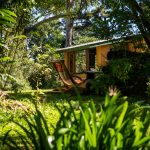
Simply wonderful photos and writing by 10,000 Birds beat writers. I honestly cannot select a favorite, and this may be the point of the piece.
I was sort of aware that Mandarin Ducks had been introduced to Britain for some time now, but I was still surprised to find some of them on my recent walking holiday, on the River Wharfe upstream of Ilkley in West Yorkshire.